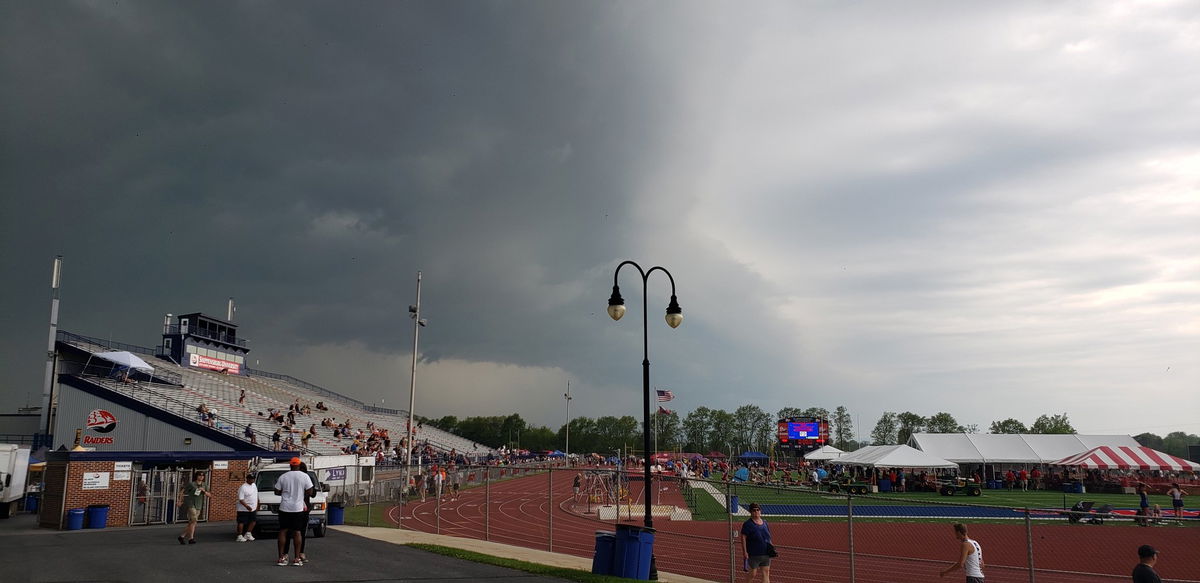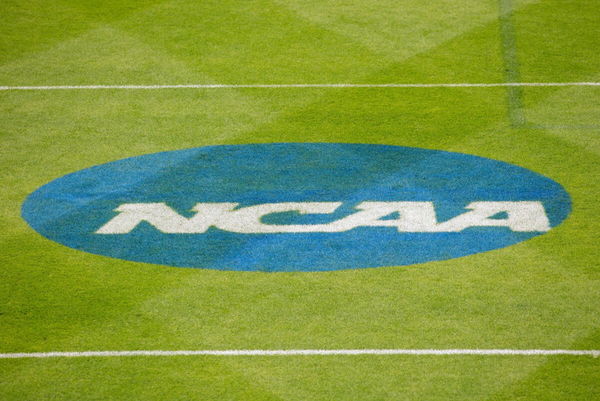

When the NCAA announced its $2.8 billion settlement in the House v. NCAA case, it was hailed as a milestone for athlete compensation. However, as college sports change the way they operate, not everyone seems to be cheering. While the judgment aims to share the revenue of any sport with student-athletes who help generate it, there are looming concerns around this potential new system. And this track and field coach has put it as clearly as one can. What are his thoughts that we cannot afford to ignore?
Watch What’s Trending Now!
“We are concerned that the new financial obligations placed on schools will force administrators to divert attention and resources away from non-football and non-basketball sports—the very programs in which the majority of NCAA student-athletes participate.” That was the urgent message in a joint statement issued on June 6 by four national collegiate coaching associations—the American Volleyball Coaches Association (AVCA), National Wrestling Coaches Association (NWCA), College Swimming and Diving Coaches Association of America (CSCAA), and U.S. Track & Field and Cross Country Coaches Association (USTFCCCA). The statement came in response to the House v. NCAA settlement agreement, approved by Judge Claudia Wilken, a landmark decision that aims to resolve long-standing antitrust claims surrounding athlete compensation.
The concern was valid. Since an equal division of revenue could potentially lead to some sports taking away higher figures than others. Especially notable is track and field, which features some of the largest and most inclusive rosters in the NCAA, and could see its teams significantly reduced when the decision takes effect in the 2025–2026 school year. Now, another respected voice has entered the conversation: Pat Henry, the veteran track and field coach of the Texas A&M Aggies. On June 10, DyeStat’s X (formerly Twitter) account posted a video clip of Coach Henry sharing his perspective on the shifting college sports landscape.
ADVERTISEMENT
“I’ve been a proponent of team for a long, long time,” he said. “I don’t understand how our sport thinks that we can operate the way we’re operating and get people to come and watch,” Henry emphasized the need for a stronger team identity in track and field—an effort, he believes, is crucial for preserving engagement and ensuring sustainability in an evolving collegiate model. “I think it’s got to be red beat blue. It’s got to be a team. It has to be a team,” he insisted. “And I just hope that we move in that direction.” In such a moment, he called to stay united.
Track. Is. A. Team. Sport.@aggietfxc head coach Pat Henry voiced his thoughts on where collegiate track and field need’s to move going forward following the recent ruling of House vs. NCAA. #NCAATF
Entire Press Conference ➡️ https://t.co/1jsUxHKqWU
📸: @kgray5555
🎥:… pic.twitter.com/IgLwPspwXw— DyeStat (@DyeStat) June 10, 2025
“There’s some talk about it. There’s some good talk now about it, which is a change, which is a different. People are looking at some things a little bit different. So that doesn’t throw out an individual competition, but we have to have a team competition, in my opinion.” While the veteran track and field coach clarified that individual competitions still have their place, his central message was clear: unity and team-based competition must be a cornerstone of the sport’s future. But what is the detailed form of the problem? What problems have made the associations and coaches doubtful about the future?
ADVERTISEMENT
Well, the class-action settlement in House v. NCAA is reshaping the landscape of college athletics with three sweeping changes. For the first time, universities will be allowed to share revenue directly with athletes, projected at $20.5 million per school in the first year alone. In addition, $2.8 billion in back payments will be distributed to thousands of former student-athletes who were barred from earning NIL (Name, Image, and Likeness) compensation between 2016 and 2024. But it’s the third component that’s already sending shockwaves through non-revenue sports, particularly track and field and cross country.
Under the new rules, schools that opt into the revenue-sharing model will face strict roster caps: 45 athletes for track and field and just 17 for cross country. Previously, there were no official roster limits—only scholarship caps (18 for women, 12.6 for men). Now, roster size will determine scholarship allotments, meaning a school can only offer as many scholarships as it has active roster spots. In theory, this change offers more flexibility. In practice, however, many athletic departments won’t have the financial bandwidth to fill those 45 or 17 spots with fully supported athletes. The result?
ADVERTISEMENT
An immediate contraction. Track and field, already at the center of early debates around roster cuts, has become ground zero for this discussion. Across the country, student-athletes—some on the cusp of fulfilling lifelong dreams—are learning they no longer have a place on the team. It’s a reality that’s forcing the college sports world to grapple with a hard truth: progress for some could come at the cost of opportunity for many. However, apart from these, there are still several questions unanswered.
The track and field sports are not the only sufferers
One major outcome of the House v. NCAA settlement could be the emergence of a formalized, regulated process for NIL deals, finally bringing order to what’s often felt like the Wild West of college sports. Under the new terms, any athlete offered more than $600 from a third-party sponsor must submit the contract to a centralized clearinghouse, operated independently by Deloitte.
ADVERTISEMENT
This watchdog group will serve as the gatekeeper, reviewing each deal to ensure it meets compliance standards. If something seems fishy—say, a sponsorship that looks more like a veiled recruiting incentive or a creative end-run around compensation rules—the clearinghouse can shut it down instantly. So, on the surface, this adds a layer of integrity. But it also opens a Pandora’s box of new questions. Will athletic programs face sanctions in a structure? And how might these changes impact overall athlete participation?

ADVERTISEMENT
EAST HARTFORD, CT – MAY 19: General view of the NCAA, College League, USA logo prior to the Division 1 quarterfinal game between Loyola Greyhounds and Penn State Nittany Lions on May 19, 2019, at Rentschler Field in East Hartford, CT. (Photo by M. Anthony Nesmith/Icon Sportswire) NCAA LACROSSE: MAY 19 NCAA Lacrosse Championships Quarterfinals – Loyola v Penn State PUBLICATIONxINxGERxSUIxAUTxHUNxRUSxSWExNORxDENxONLY Icon19051913And beyond the logistics lies a deeper existential reckoning: Should college athletes finally be classified as employees, with all the labor rights that come with it? How many years should an athlete be eligible to compete, especially in a commercialized model edging ever closer to professional sports? So, the settlement may bring clarity to NIL deals—but it also forces the NCAA and its member schools to confront long-avoided questions about power, fairness, and the future identity of college athletics.
ADVERTISEMENT
ADVERTISEMENT
ADVERTISEMENT

